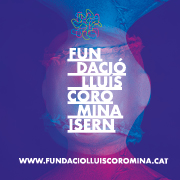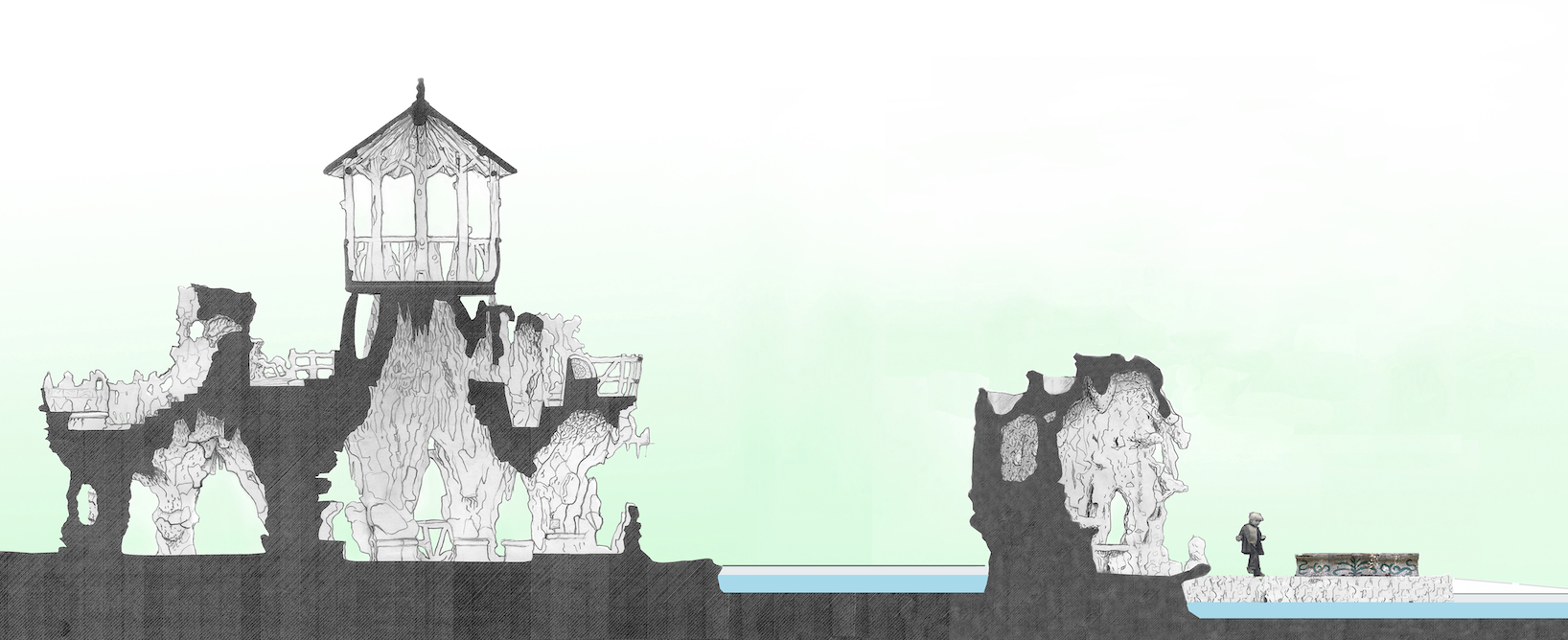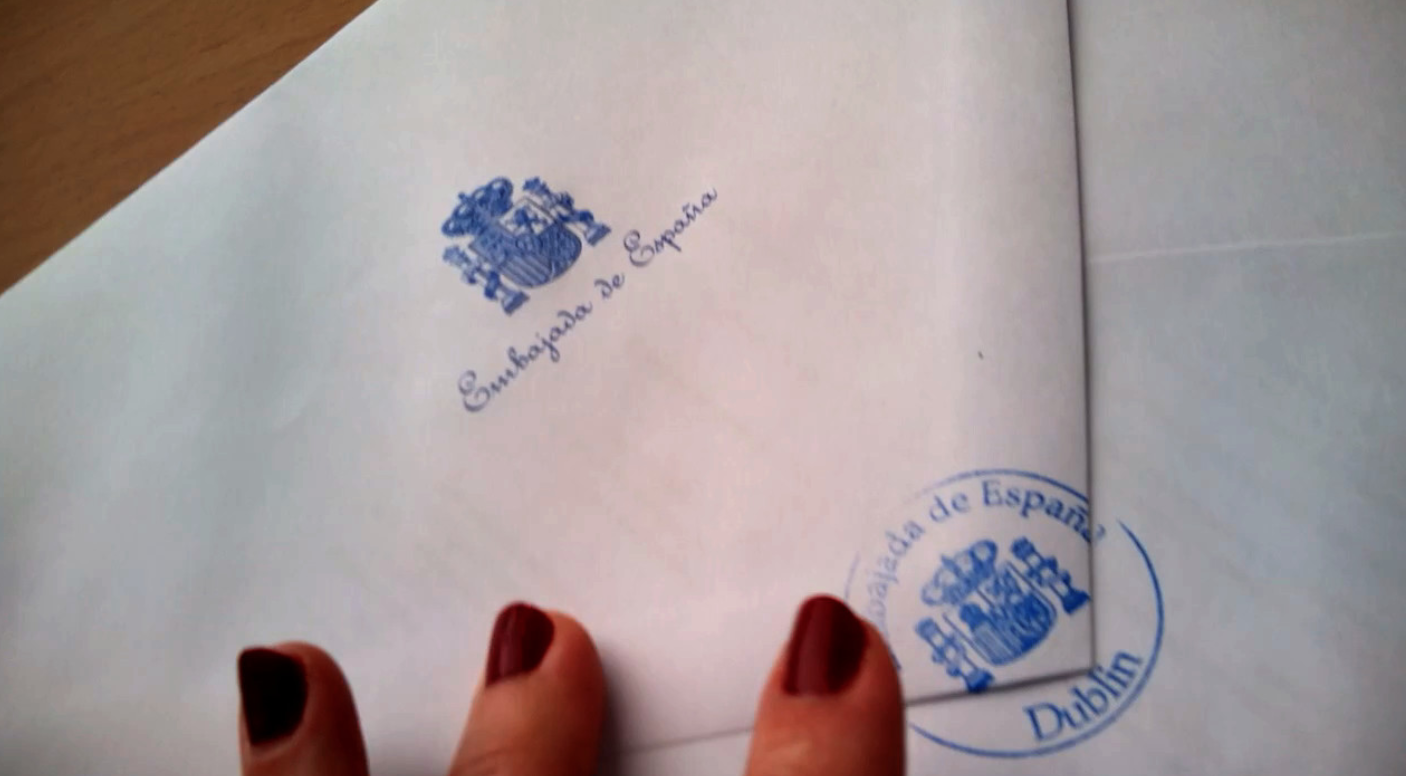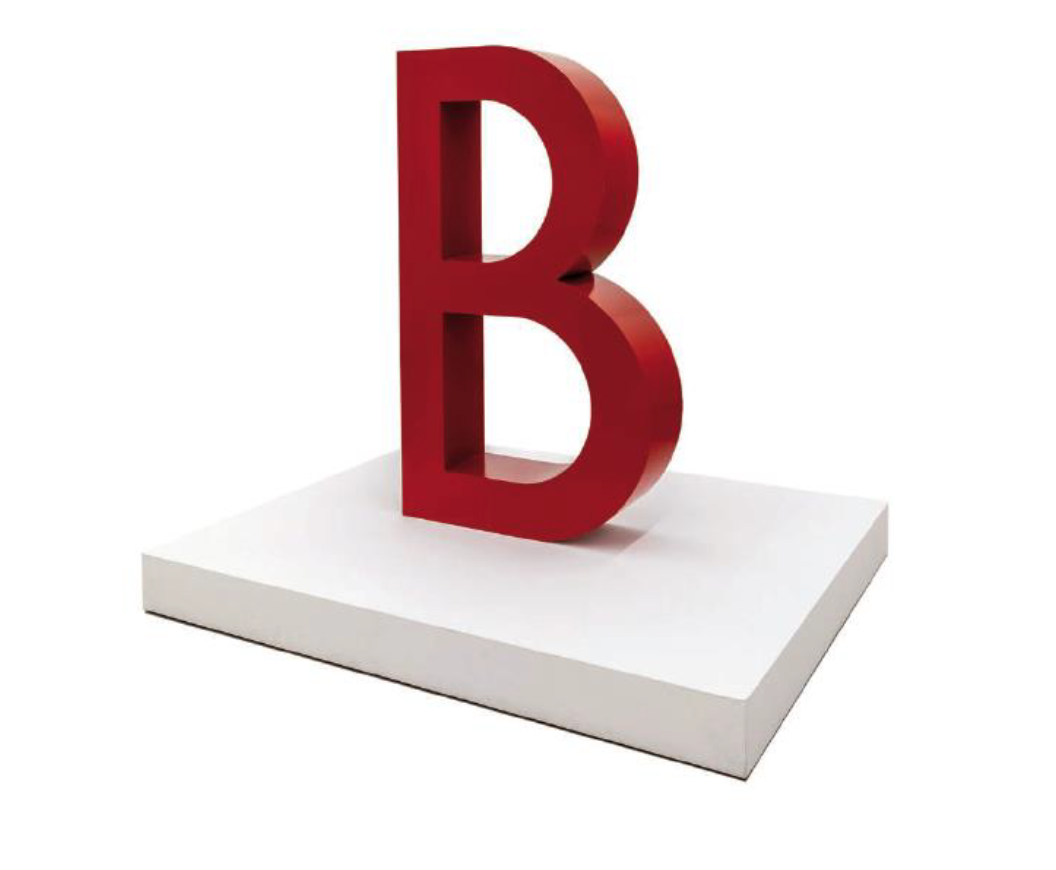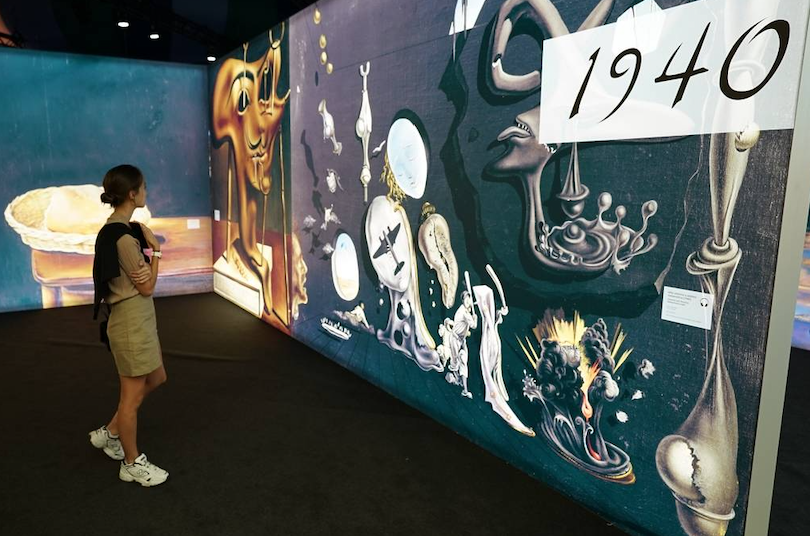Art & Fashion
'The awakening of the myth: Gala Dalí' at the Gala Dalí Castle
L'exposició ha estat un treball d’un any de durada, creat per la Fundació Gala-Salvador Dalí i La Roca Village, que explora la personalitat enigmàtica de Gala a través de la seva col·lecció de moda, creada per dissenyadors il·lustres com Givenchy, Elsa Schiaparelli, Pierre Cardin i Christian Dior
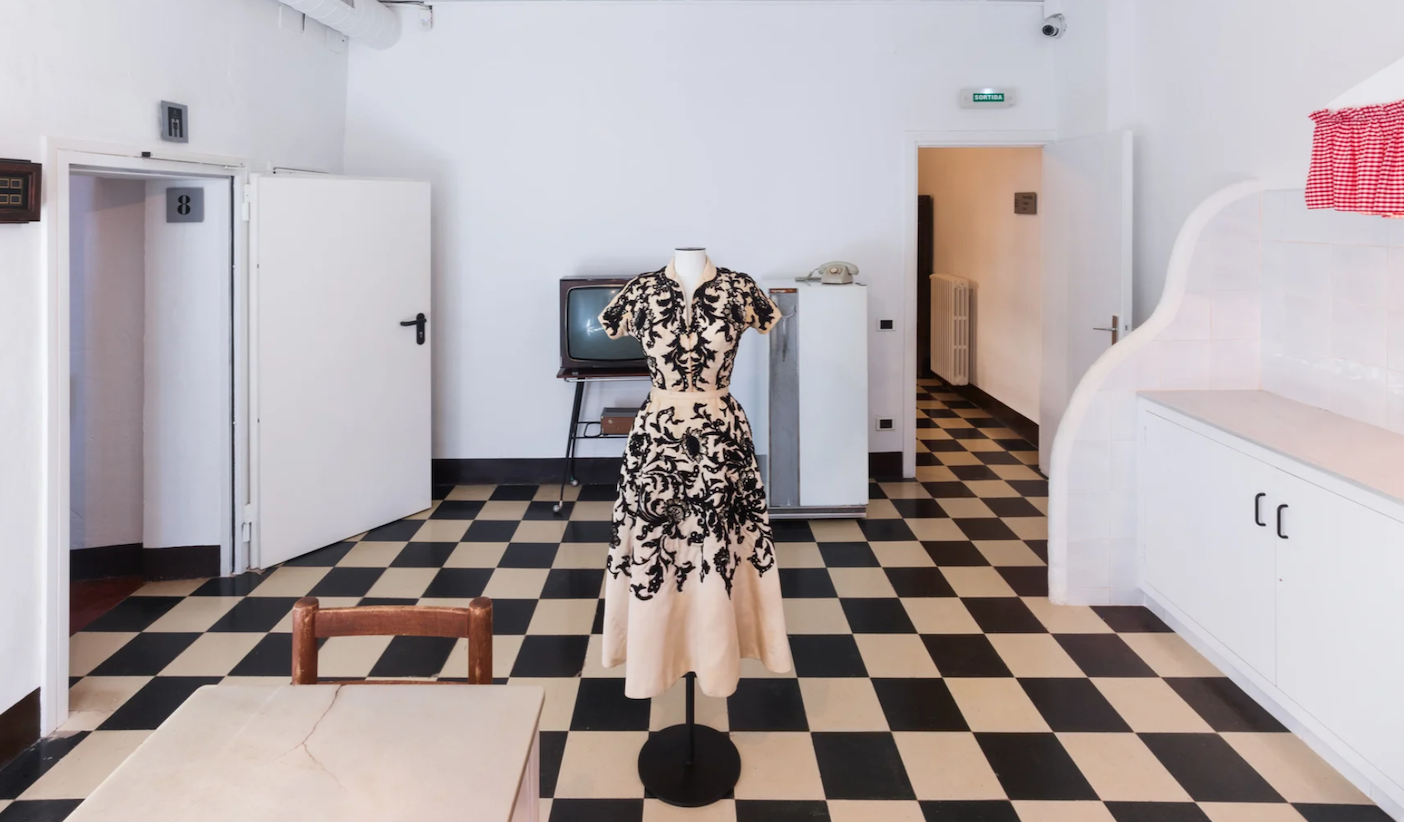
The Gala-Salvador Dalí Foundation and La Roca Village present the second season of the exhibition project The awakening of the myth: Gala Dalí at the Gala Dalí Castle in Púbol. This second chapter, called Haute Couture Collection, opens to the public on June 18 and can be seen until September 22, when it will prepare to host the third season, with the Autumn Collection - winter
This second exhibition wants to pay tribute to haute couture based on the most outstanding pieces from Gala's personal archive. The selection allows you to take a tour of the great names in the history of fashion, from Elsa Schiaparelli to Christian Dior, passing through Jean Dessès and Cristóbal Balenciaga. It also includes pieces without a label that remind us that Gala's image goes beyond the brand: it is the reflection of a unique personality and a genuine style, attentive to the stylistic trends designated by Paris and at the same time true to itself.
The curators are Bea Crespo, coordinator of the Center for Dalinian Studies, and Noelia Collado, Director of Content at La Roca Village, with the artistic direction of Montse Aguer, director of the Dalí Museums. Some of the 8 dresses presented in this second season have been restored by Mari Luz Morata and Carme Masdeu, with the coordination of Elisenda Aragonès, conservator-restorer of the Dalí Foundation.
The exhibition project, the result of the collaboration between the Gala-Salvador Dalí Foundation and La Roca Village, is part of a wider initiative born with the desire to rediscover Gala's legacy and reinterpret it through the creations of contemporary talents such as the painter Carla Fuentes and the photographer Jordi Bernadó. The Roca Village and the Dalí Foundation consider art, fashion and creativity tools of transformation and key elements to bring the community together and strengthen the feeling of belonging.
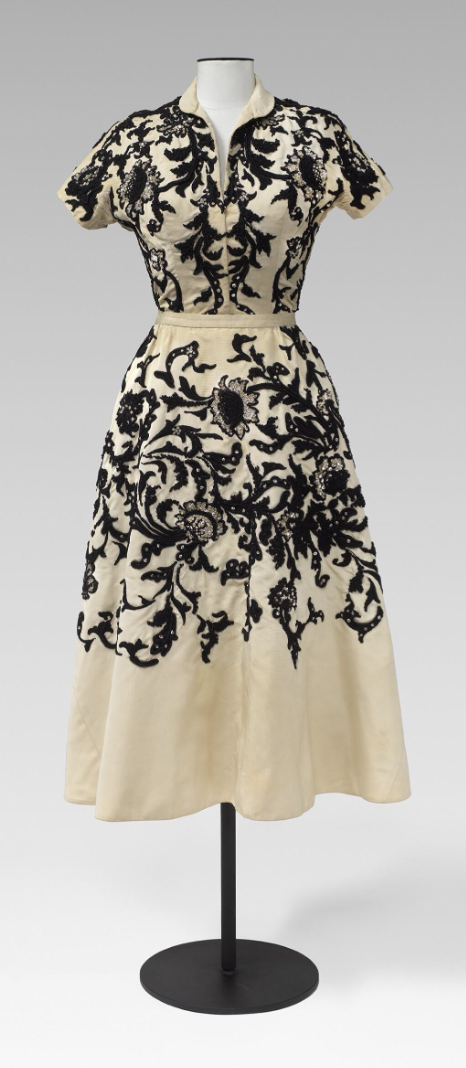 Christian Dior (París). Conjunt Musée du Louvre, primavera-estiu 1949, línia Trompe-l’oeil
Christian Dior (París). Conjunt Musée du Louvre, primavera-estiu 1949, línia Trompe-l’oeil
A selection of eight haute couture dresses
At the beginning of the thirties, in Paris, couturiers, artists, architects and intellectuals moved in the same circles. They share ideas, concepts, techniques and languages around the body and skin (that living space). Starting point for meetings and affinities that will make history; a young Christian Dior venturing to become a gallerist, Elsa Schiaparelli experimenting with surrealism and Gala seeing spaces of opportunity for Salvador Dalí's work to open up new forms of expression. Eminently practical, Gala will leave aside the sobriety of Chanel for the eccentric excess of Schiaparelli in order to show off and publicize Dalí's collaboration with the Italian couturier.
During his American stage, Gala invents new media skins and mutates again: from dandyism to Dior's new look. From androgynous comfort to the (public) slimming of a silhouette that represents a return to classic femininity. Because Dior, like Dalí, draws flower women. And when they return to Europe after the war, Gala dresses up in the Musée du Louvre dress and Saint-Ouen red coat, both from the spring-summer 1949 haute couture collection.
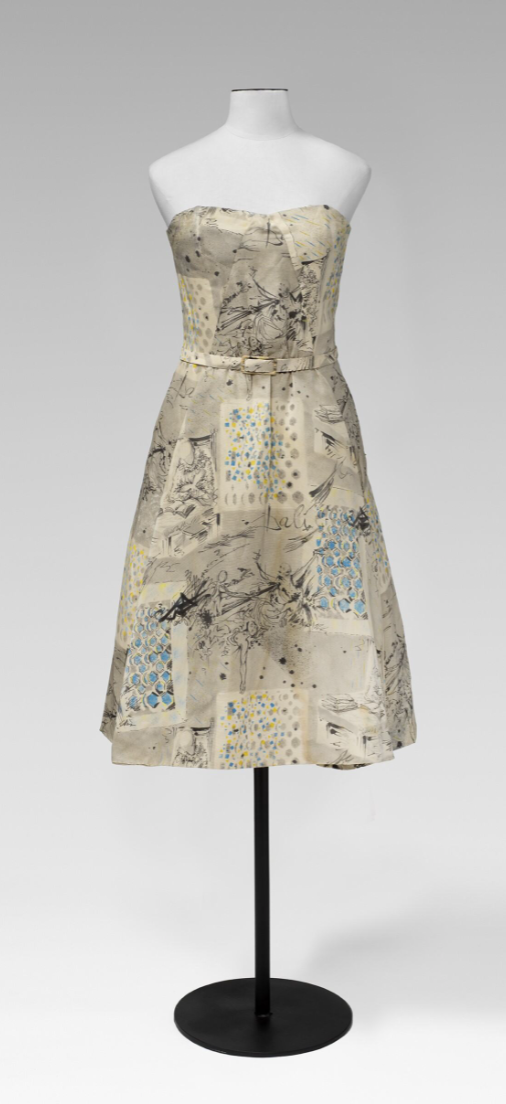 Jean Dessès (París). Conjunt de còctel amb estampat de Dalí a partir d’una litografia de la sèrie Pages choisies de Don Quichotte de la Manche (1957), c. 1959.
Jean Dessès (París). Conjunt de còctel amb estampat de Dalí a partir d’una litografia de la sèrie Pages choisies de Don Quichotte de la Manche (1957), c. 1959.
Gala feels comfortable being the center of attention. She is sixteen when she attends her first ball at the Tsar's court in Moscow, dressed in red. Symbol of chromatic liberation in the twenties, red hides the idea of an intimate, private revolution. It is Christian Dior's favorite and also one of Gala's fetish colors, which she uses in several Dalinian performances. Pieces such as the déshabillé by Schiaparelli (c. 1935) or the draped dress by Jean Dessès (c. 1956) will become elements endowed with meaning in the artist's actions.
Gala Dalí disguises herself as a muse, wife, representative, performer, etc. He builds his identity and asserts himself as a creative individual through fashion. The dress is understood here as a vehicle of expression, the reflection of what she is or what she wants to be, and sometimes, also, the mask or armor with which the muse protects herself from the gaze of others.
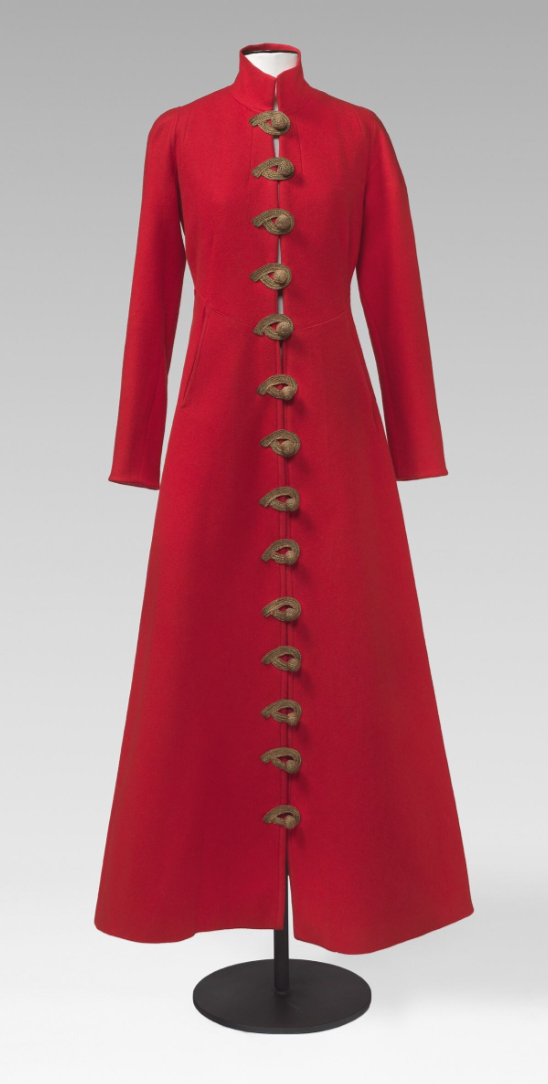 Elsa Schiaparelli (París). Abric de nit, tardor-hivern 1935
Elsa Schiaparelli (París). Abric de nit, tardor-hivern 1935
A shared commitment to art, fashion and creativity
This joint project of the Dalí Foundation with La Roca Village, which aims to shed new light on Gala, is being developed simultaneously at the Púbol Castle and the Village as an expression of the shared commitment to culture, art and fashion in Catalonia. Uniting past and present, the exhibition program offers us an update of Gala through the eyes of Carla Fuentes and Jordi Bernadó. The journey of discovery begins at Castell de Púbol - home of its fashion collection where part of Jordi Bernadó's project is also displayed - and continues at La Roca Village, where the work of Carla Fuentes invades the facades with a look fresh and carefree. Based on several large-format pieces, Bernadó links the gaze of the viewer with that of the absent myth of Gala. Meanwhile, also at La Roca Village, Gala's untamed and enigmatic personality comes to life at the hands of Carla Fuentes, who reimagines the legend as a modern and influential creative force. These two projects allow us to see how influential Gala is in today's fashion, culture and society.
By integrating art into experiences that go beyond the walls of a museum, cultural experiences are created that inspire new generations and encourage them to explore the limitless possibilities of artistic expression.



